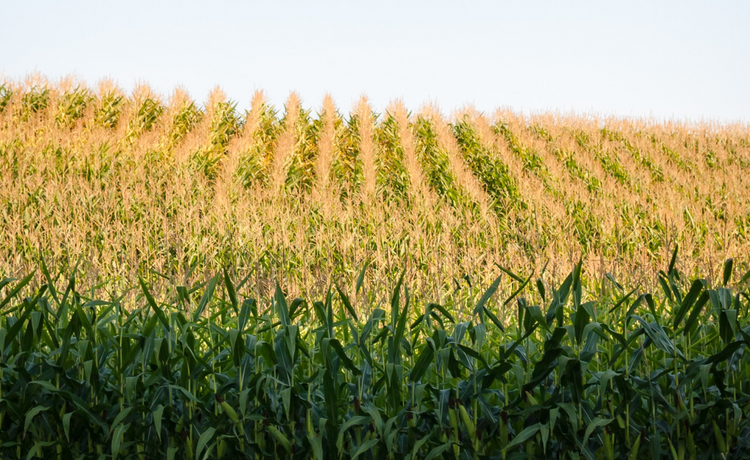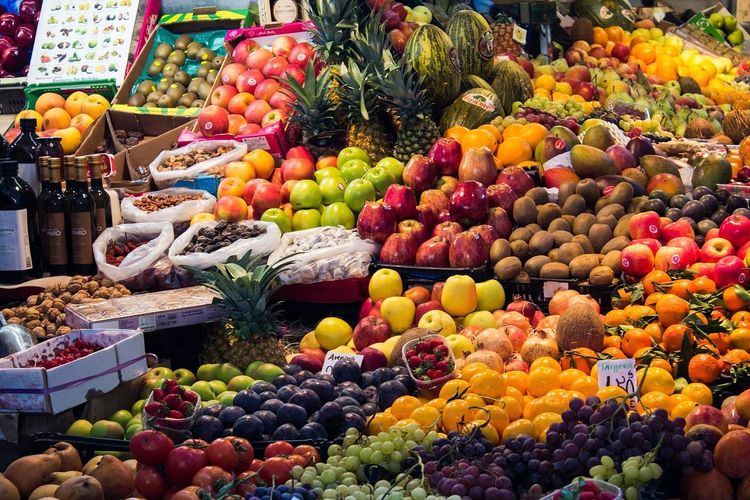US Supreme Court Ruling on Biofuels Knocks Corn and Soybean Futures Prices
Front month corn and soybean futures fell as much as 3% on Friday after the US Supreme Court declared that an expanded number of small refineries can seek an exemption from certain renewable fuel requirements.
While the court’s ruling does not impact short-term demand, it raises the possibility of reduced demand for ethanol and biodiesel if waivers are frequently granted. The outcome is highly uncertain, however, and the case, which reflects a long-running dispute between the oil and ag industries, doesn’t impact a federal appeals court ruling that refiners must still prove economic harm directly related to compliance with the government’s Renewable Fuel Standard Program (RFS).
Although corn and soybean futures prices had previously fallen from their mid-May highs, they still remain at elevated levels not seen since 2013.
US weekly ethanol production has been on a steady upward trend, surpassing 1 million barrels per day for the past seven weeks. While annual US corn used for ethanol has declined since 2017/18, US production of renewable diesel is slated to almost quadruple from 2020 to 2022, as Gro highlighted in this Insight article.
Roughly 35% of US corn production is used to produce ethanol. Meanwhile, 50% of US soybeans are crushed to produce soybean meal and soybean oil, which is used for biofuel. July soybean oil futures declined 2.99 cents, nearly 5% on today’s news.
Oil refiners meet the government’s biofuel quotas either through blending renewable fuels themselves, or by purchasing credits from others that have, known as RINS. Prices for RINS hit all-time highs this year on expectations the Biden administration would impose more ambitious quotas and stop exempting refineries from them.
The EPA is set to propose renewable fuel requirements in coming weeks. The targets will dictate how much corn-based ethanol, biodiesel, and other renewable fuels oil refiners must blend into their products in 2021 and 2022.
This insight was powered by the Gro platform, which enables better and faster decisions about factors affecting the entire global agricultural ecosystem. Gro organizes over 40,000 datasets from sources around the world into a unified ontology, which allows users to derive valuable insights such as this one. You can explore the data available on Gro with a free account, or please get in touch if you would like to learn more about a specific crop, region, or business issue.
 Blog
BlogThe Gro-Kepos Carbon Barometer™ Shows a Near 78% Decrease in The Global Carbon Barometer Price
 Insight
InsightUsing the Gro Drought Index as a High-Signal Trading Indicator for Agricultural Commodities
 Blog
BlogGro and Kepos Capital Partner to Launch the Gro-Kepos Carbon Barometer™
 Insight
Insight

 Search
Search